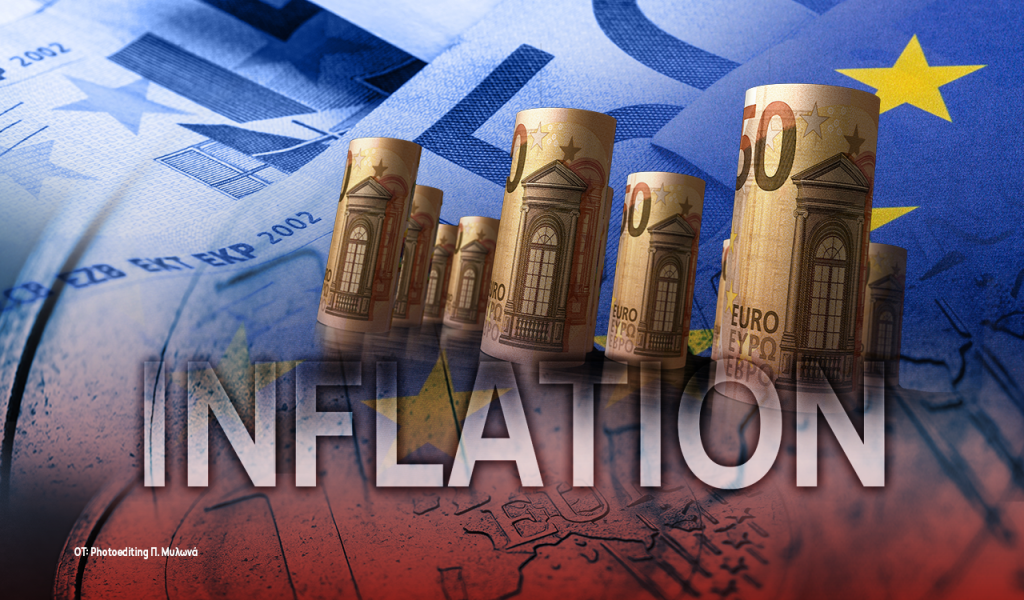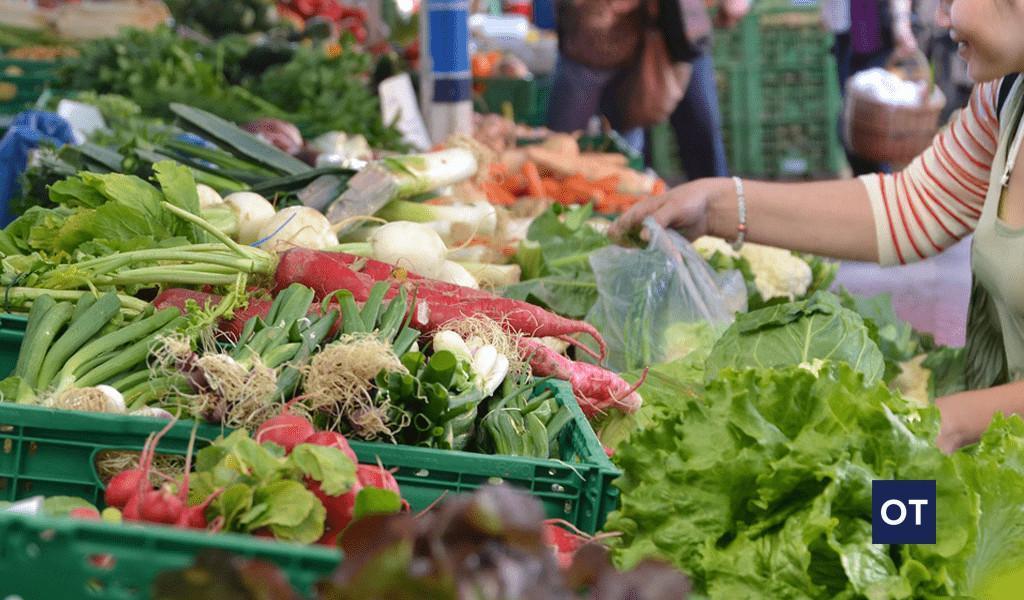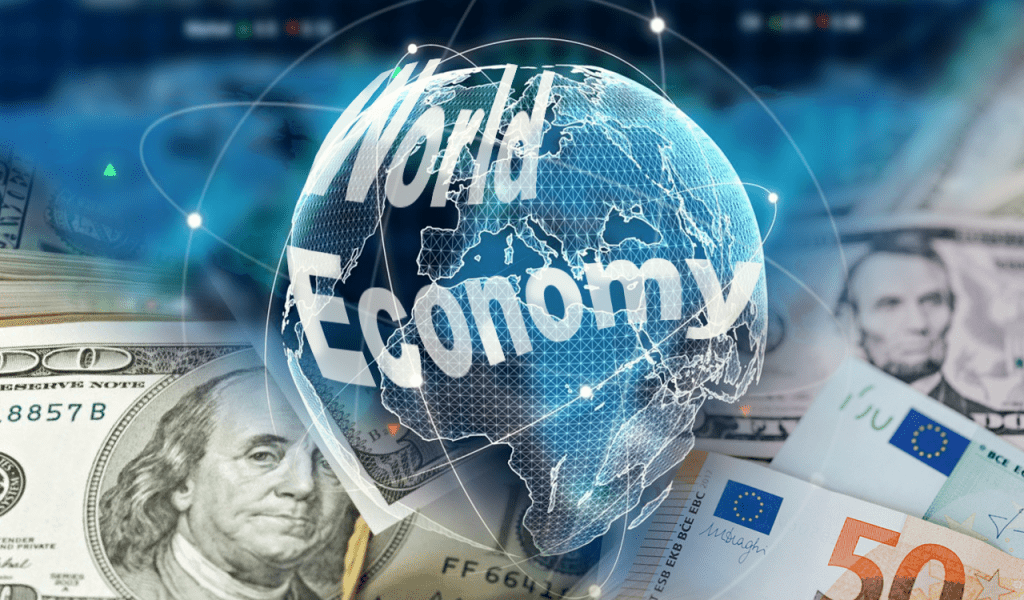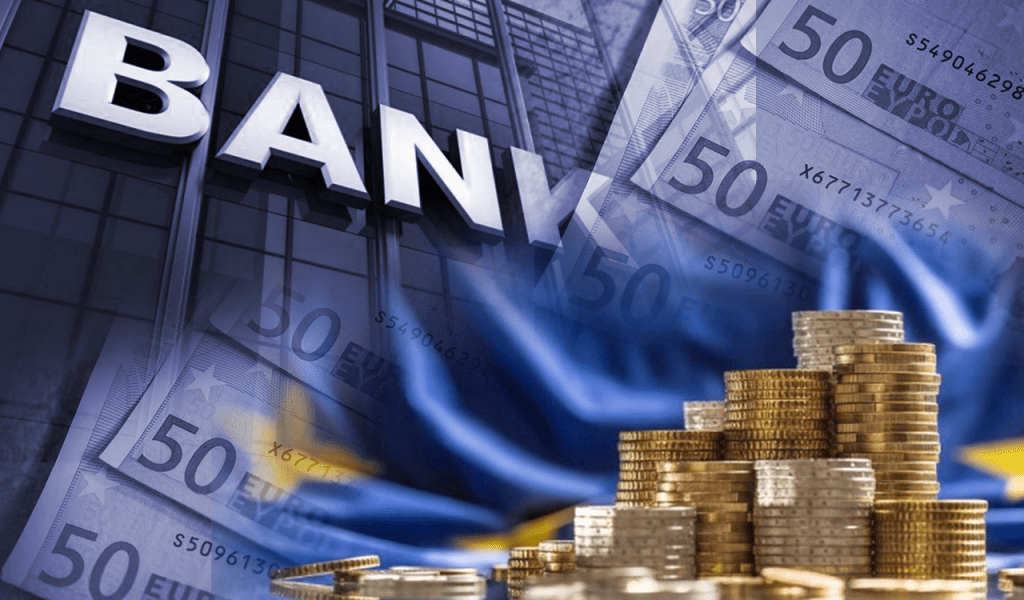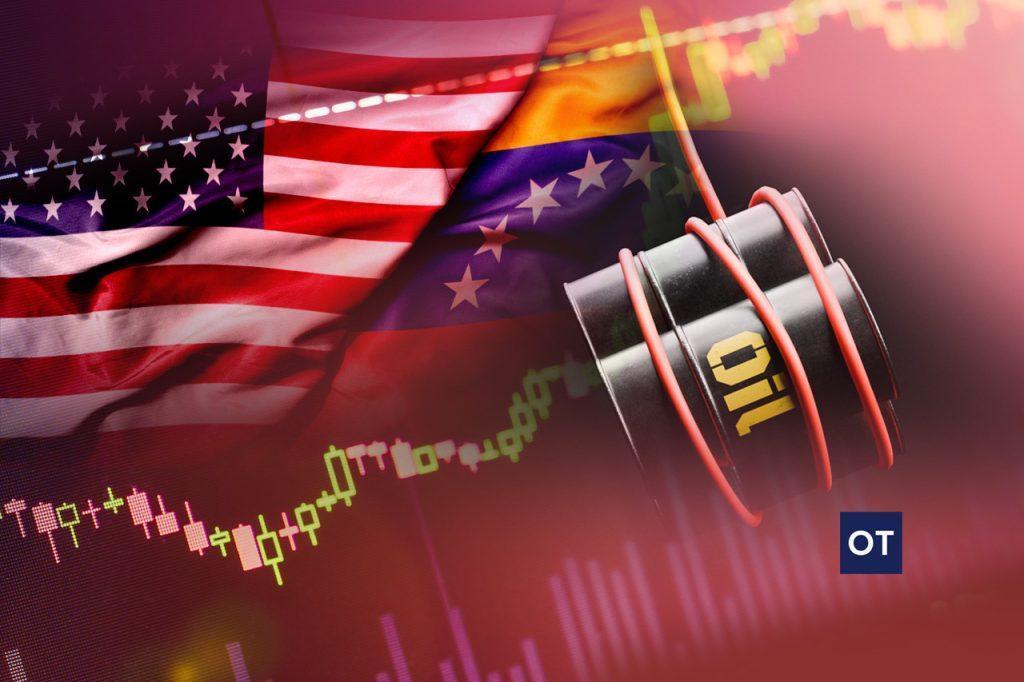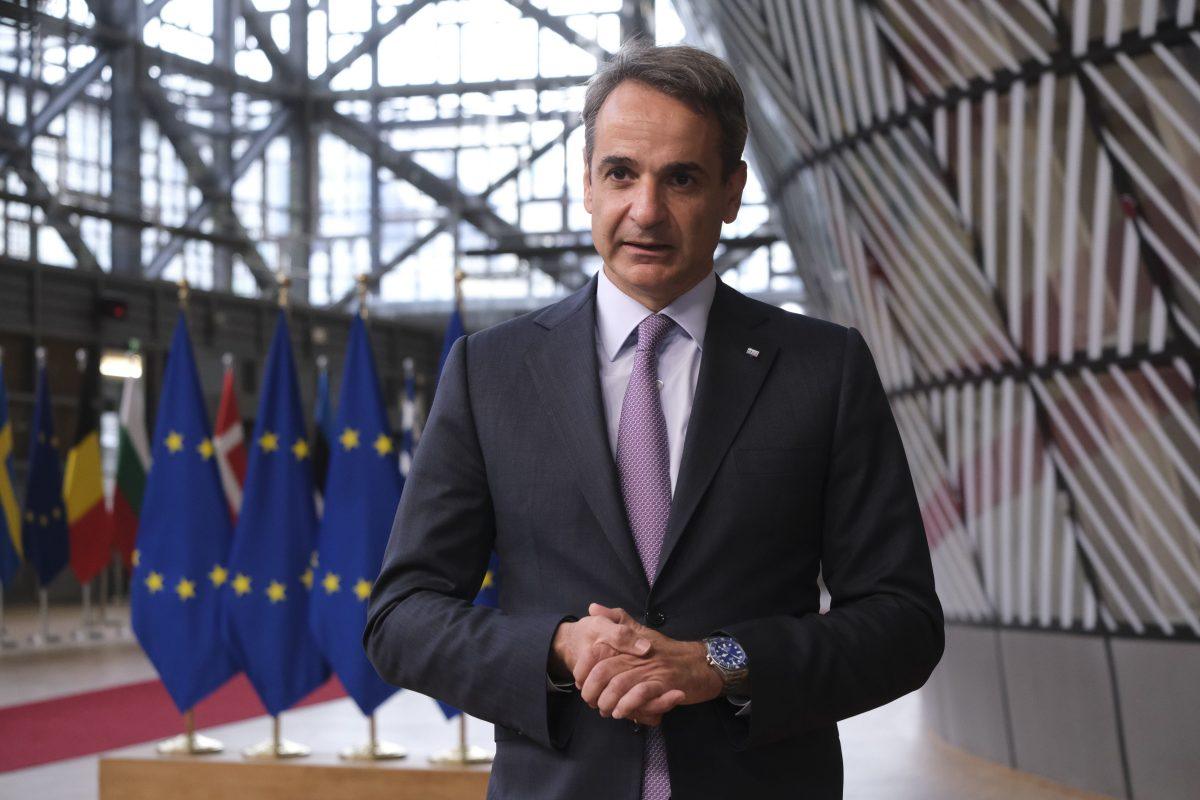The annual inflation rate in the Eurozone edged down to 2.2% in March 2025, from 2.3% in February, according to the latest data released on Tuesday, April 15. Across the broader European Union, inflation stood at 2.5%.
Among member states, France recorded the lowest annual inflation at 0.9%, followed by Denmark (1.4%) and Luxembourg (1.5%). At the other end of the spectrum, Romania experienced the highest rate at 5.1%, with Hungary (4.8%) and Poland (4.4%) also facing elevated inflation levels.
Compared to February, inflation decreased in 16 member states, remained unchanged in one, and rose in ten.
In Greece, the inflation rate rose slightly to 3.1% in March, up from February but broadly in line with January’s figure.

Breaking down the main components of Eurozone inflation, services saw the highest annual increase at 3.5% in March—slightly down from 3.7% in February.
Food, alcohol, and tobacco followed, with a 2.9% increase, up from 2.7% the previous month. Non-energy industrial goods remained stable at 0.6%, while energy prices fell by 1.0%, reversing a slight rise of 0.2% in February.
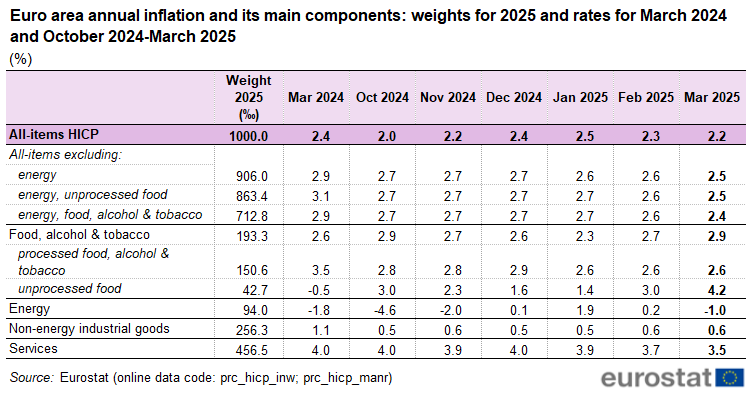
Each of these components contributes differently to the overall inflation picture. According to the 2025 weighting for the Harmonised Index of Consumer Prices (HICP), services make up the largest share, accounting for roughly 45.7% of household monetary spending in the Eurozone.
Non-energy industrial goods represent about 25.6%, while food, alcohol, and tobacco make up 19.3%, and energy accounts for 9.4%.

While food and energy together represent less than one-third of household expenditures, they can significantly influence headline inflation, as their prices tend to fluctuate more sharply than those of other categories.
Source: tovima.com
